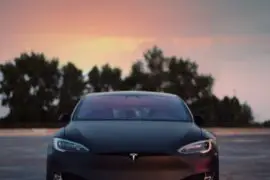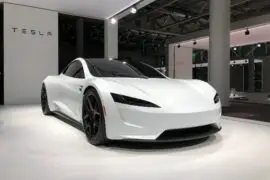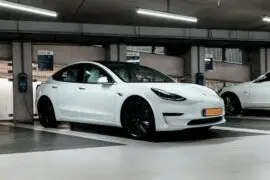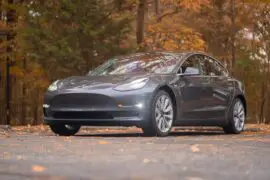Can You Fit A Roof Box To A Tesla Model 3? The Tesla Model 3 stands as a pinnacle of innovation in the electric vehicle market, known for its sleek design and cutting-edge technology. As owners seek to optimize the practicality of their Model 3, the concept of fitting a roof box has gained traction. This article delves into the considerations and possibilities surrounding the installation of a roof box on the Tesla Model 3. From an overview of the vehicle’s roof rack system to the importance of choosing the right roof box, our exploration aims to guide readers through the process. Ultimately, the purpose of this article is to provide valuable insights into the feasibility, benefits, and safety considerations when contemplating the addition of a roof box to a Tesla Model 3.
Contents
Roof Rack System of the Tesla Model 3
The Tesla Model 3 boasts a thoughtfully designed roof rack system, a fundamental component contributing to the vehicle’s versatility. Characterized by its streamlined aesthetics, the roof rack is seamlessly integrated into the vehicle’s structure, offering a foundation for various accessories, including roof boxes. Understanding the intricacies of this system is crucial for those looking to expand their Model 3’s utility.
The roof rack plays a pivotal role in enhancing the functionality of the Tesla Model 3. Beyond its aesthetic appeal, the rack is engineered to accommodate a range of accessories, transforming the vehicle into a versatile cargo carrier. This includes items such as roof boxes, bike racks, or ski carriers, making the Model 3 an ideal companion for various adventures. The flexibility offered by the roof rack system underscores its significance for Tesla owners seeking additional storage solutions.
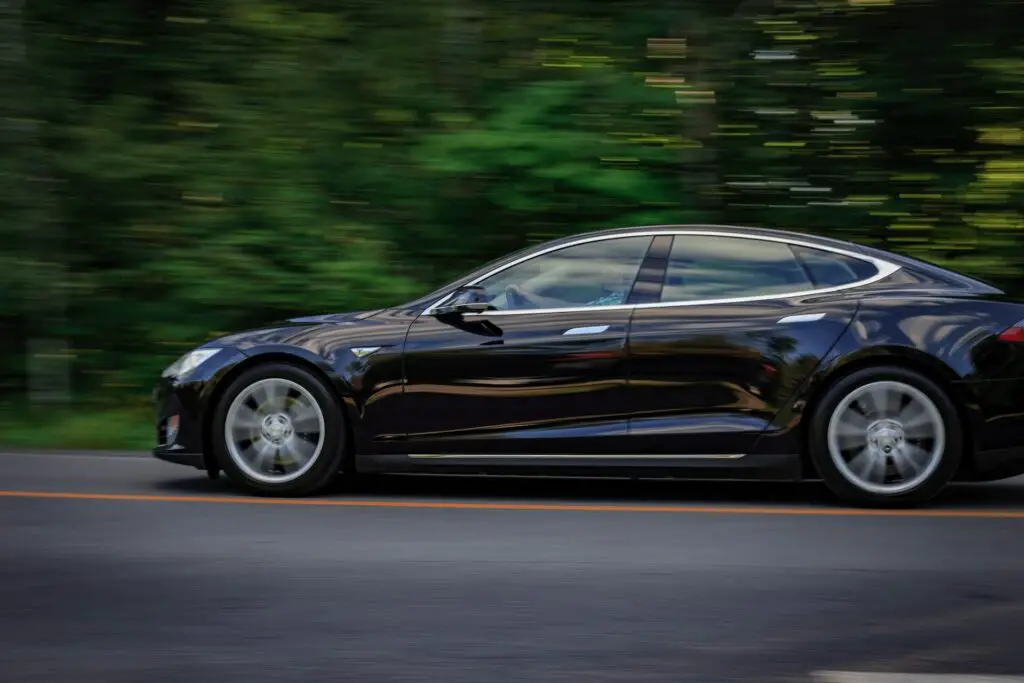
Tesla provides an official roof rack system tailored specifically for the Model 3. Crafted with precision to align seamlessly with the vehicle’s design, this official accessory ensures both form and function. Tesla’s roof rack is engineered to meet the highest standards of quality, offering a secure and stylish platform for attaching various external components. Understanding the features and specifications of Tesla’s official roof rack is essential when considering the integration of accessories like roof boxes, providing Tesla owners with a trusted and purpose-built solution.
Choosing the Right Roof Box
Selecting the right roof box for your Tesla Model 3 is paramount, and compatibility is the key factor to consider. A roof box that seamlessly integrates with the dimensions and specifications of the Model 3’s roof rack system ensures a secure fit. Compatibility not only enhances the aesthetic appeal but also contributes to the overall safety and functionality of the roof box on your vehicle.
Understanding the dimensions and weight capacity of the chosen roof box is essential to prevent any issues during installation and use. Tesla provides specifications for the Model 3’s roof rack system, and adhering to these guidelines ensures that the roof box fits appropriately. Additionally, being mindful of the weight capacity of both the roof box and the roof rack prevents overloading, preserving the structural integrity of the vehicle and ensuring a safe driving experience.
When exploring roof box options for your Tesla Model 3, it’s crucial to consider both official Tesla offerings and third-party alternatives. Tesla’s official roof boxes are designed specifically for their vehicles, ensuring seamless integration and alignment with the brand’s quality standards. Third-party options may provide additional choices in terms of design and features but require careful consideration of compatibility. A thorough comparison of official and third-party roof boxes allows owners to make an informed decision based on their preferences, budget, and specific needs.
Choosing the right roof box involves a balance between compatibility, dimensions, weight capacity, and personal preferences. By carefully evaluating these factors, Tesla Model 3 owners can enhance their driving experience with a roof box that meets both practical and aesthetic requirements.
Installation Process So, Can You Fit A Roof Box To A Tesla Model 3?
Ensuring the proper installation of a roof box on your Tesla Model 3 is crucial for both safety and performance. Proper installation guarantees that the roof box is securely attached to the roof rack, minimizing the risk of accidents, damage to the vehicle, or loss of cargo during transit. Investing time and attention into the installation process is essential to enjoy the full benefits of the additional storage without compromising the integrity of your Model 3.
Step-by-Step Guide for Installing a Roof Box:
- Prepare the Roof Rack: Ensure that the Tesla Model 3‘s roof rack is clean and free of any debris that may hinder installation. Follow the manufacturer’s guidelines for preparing the rack.
- Position the Roof Box: Carefully position the roof box on the roof rack, aligning it with the designated mounting points. Take note of any specific instructions provided by the roof box manufacturer regarding placement.
- Secure the Roof Box: Attach the roof box to the roof rack following the manufacturer’s instructions. This typically involves tightening bolts, clamps, or other fastening mechanisms.
- Check Alignment: Confirm that the roof box is evenly aligned on the roof rack. An uneven installation may affect the vehicle’s aerodynamics and stability.
- Secure Fastenings: Double-check all fastenings to guarantee a tight and secure fit. Pay attention to the tightness of bolts and any additional security features provided by the roof box or rack system.
- Follow Weight Limits: Confirm that the combined weight of the roof box and its contents adheres to the recommended limits specified by both the roof box and the Tesla Model 3’s roof rack.
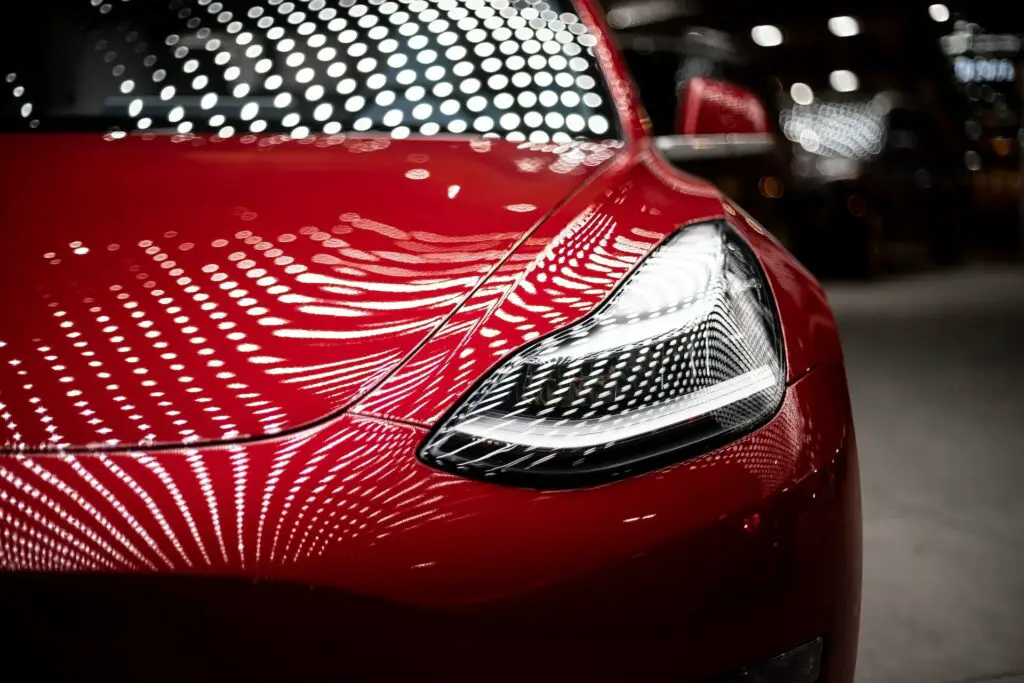
Tips for Securing the Roof Box to the Roof Rack:
- Use Locks: Many roof boxes come with built-in locking systems. Utilize these locks to secure the contents of the box and deter theft.
- Regular Inspection: Periodically inspect the roof box during long journeys to ensure it remains securely attached. Vibrations and external factors can impact the tightness of fastenings over time.
- Distribution of Weight: Distribute the weight inside the roof box evenly to maintain balance and prevent strain on specific areas of the roof rack.
Weight Limits and Safety
Before embarking on your journey with a roof box attached to your Tesla Model 3, it’s crucial to comprehend and adhere to the weight limits set by both the roof box and the vehicle’s roof rack. Each component is engineered to withstand specific loads, and exceeding these limits can have serious consequences. Refer to the manufacturer’s guidelines for precise information on weight restrictions to ensure a safe and worry-free driving experience.
Exceeding the prescribed weight limits for your roof box and roof rack can lead to various safety issues. The increased load may compromise the structural integrity of the roof rack, potentially resulting in damage to both the rack and the vehicle. Moreover, an overloaded roof box can alter the vehicle’s center of gravity, affecting stability and handling. This imbalance may contribute to a higher risk of accidents, particularly during sudden maneuvers or adverse driving conditions. To mitigate these risks, it is imperative to stay within the recommended weight limits to maintain optimal safety standards.
Manufacturers provide detailed guidelines for a reason – to ensure the safety and functionality of their products. Adhering to these guidelines, whether outlined by the roof box or the Tesla Model 3’s roof rack, is of utmost importance. By following the recommended weight limits, users not only protect their vehicles from potential damage but also uphold safety standards for themselves and others on the road. Disregarding these guidelines may void warranties, compromise safety, and lead to unforeseen issues during transportation.
Aerodynamics and Efficiency
The addition of a roof box to your Tesla Model 3 introduces changes to the car’s aerodynamics, impacting its overall performance. The sleek design of the Model 3 is optimized for efficiency, and any alterations, such as the introduction of a roof box, can disrupt the airflow around the vehicle. Recognizing and understanding these aerodynamic changes is crucial for maintaining both safety and efficiency during your journeys.
Tips for Minimizing Wind Resistance:
- Choose a Streamlined Roof Box: Opt for a roof box with a streamlined and aerodynamic design. Manufacturers often engineer roof boxes to reduce drag and wind resistance, preserving the vehicle’s original aerodynamic profile.
- Proper Installation: Ensure the roof box is correctly and securely installed following the manufacturer’s guidelines. A well-fitted roof box generates less wind noise and minimizes disruptions to the car’s aerodynamics.
- Remove the Roof Box When Not in Use: If the roof box is not needed for a particular trip, consider removing it. This simple step eliminates any additional drag and helps the car revert to its original aerodynamic state, optimizing efficiency.
- Monitor Speed: High speeds can exacerbate the impact of a roof box on aerodynamics. Adhering to recommended speed limits not only enhances safety but also reduces the force exerted on the roof box, minimizing its impact on the car’s efficiency.
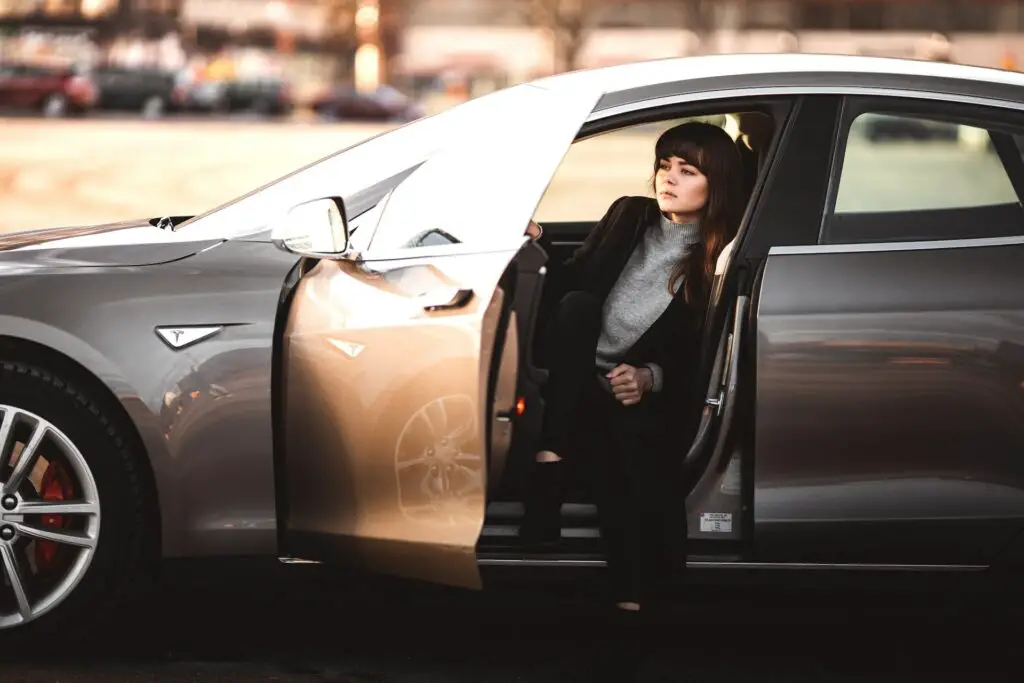
Maintaining Vehicle Efficiency and Range:
- Regularly Check Tire Pressure: Properly inflated tires reduce rolling resistance, contributing to overall vehicle efficiency. Regularly check and maintain the recommended tire pressure to optimize energy efficiency and preserve range.
- Drive with Consideration: Smooth and controlled driving enhances efficiency. Avoid sudden accelerations and decelerations, as these can impact the vehicle’s energy consumption. Employing a gentle driving style promotes better efficiency and extends the electric range.
- Use Regenerative Braking: Leverage regenerative braking to recapture energy during deceleration. This feature, common in electric vehicles like the Tesla Model 3, contributes to increased efficiency and extends the overall range of the vehicle.
By conscientiously considering the impact of a roof box on aerodynamics, implementing measures to minimize wind resistance, and adopting practices to maintain overall vehicle efficiency, Tesla Model 3 owners can strike a balance between additional storage capacity and optimal driving performance. These considerations are vital for making the most out of every journey without compromising the efficiency and range of the electric vehicle.
Conclusion
Fitting a roof box to your Tesla Model 3 is not only a possibility but also a practical and beneficial enhancement to your vehicle. The additional storage capacity allows for greater flexibility in your adventures, whether it’s a road trip or outdoor activities. However, it’s crucial to follow guidelines meticulously and prioritize safety throughout the process.
In your pursuit of maximizing the utility of your Tesla Model 3, remember to choose a roof box that aligns with your needs and the vehicle’s specifications. Be diligent during the installation process, adhere to weight limits, and consider the impact on aerodynamics. By doing so, you can confidently embark on your journeys, knowing that your Tesla Model 3 is equipped for both efficiency and convenience.
As you explore the possibilities of fitting a roof box, embrace the benefits it brings while remaining steadfast in your commitment to safety. Follow these guidelines, and you’ll not only enhance the functionality of your Tesla Model 3 but also ensure a secure and enjoyable driving experience on every adventure. Safe travels!


